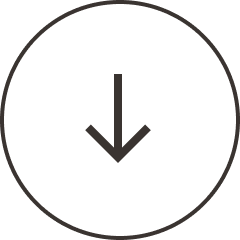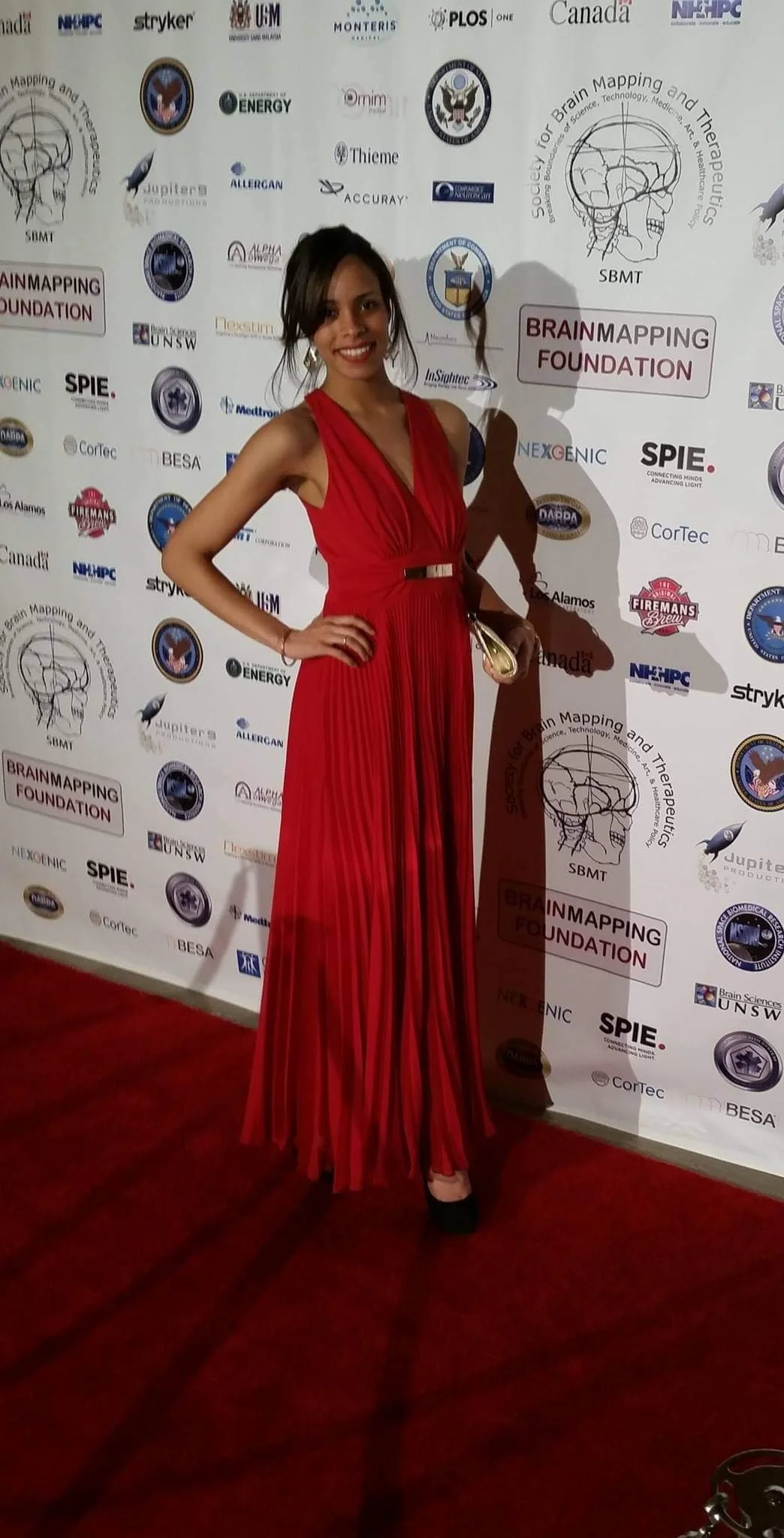Keep Exploring
Check out all these resources to continue learning about NeuroScience
Neuroscience
Neuroscience is part of the following field guides:Insider Insights
Tips from Melanie Morrison-
Science in the real world looks pretty different from science in the classroom. The further you get into research, the less it’s just about grades. Passion and hard work can be just as important as traditional metrics of success when it comes to scientific pursuits. Don’t count yourself out just because you’re not an A student.
-
In science, getting your research published is a big deal. One of my biggest breaks came from becoming a second author on a research paper early in my career. That definitely takes a little luck, but you can increase your chances by looking for opportunities to get research experience, like joining a lab or doing a summer program. Even a small role in a paper sets you apart and opens doors. Ask professors, deans, counselors, or mentors how you can get involved with a project—it can be competitive, but it’s never too soon to start trying.
-
Connections help, but I didn’t have any connections when I got started —just courage. Multiple times in my career, I’ve sent emails to people I admired who I’d never met, introducing myself and see what opportunities there might be to connect (even if just for a chat). Many people won’t respond, but it only takes one yes to change your path. If there’s someone you want to learn from, reach out!
Related Scientists
Discover the work and stories of other people working in engineering, medical + health sciences, and human sciences.
-

Rodrigo Braga
Cognitive Neuroscientist & Guitarist
-

Shriya Srinivasan
Neural Interface Engineer & Sailor
-

Ryoji Amamoto
Neurobiologist & World Traveler
-

Yamicia Connor
Physician Scientist & Party Lover
Recommended Resources
-

Interactive Brain Atlas
The Whole Brain Atlas is an online resource developed by Keith Johnson, MD, and Alex Becker, PhD, to offer central nervous system imaging for educational and clinical reference. It features multiple imaging modalities, interactive anatomical and disease-related sections.
-

Virtual Neurophysiology Lab
This interactive, modular lab explores techniques for identifying and recording the electrical activities of neurons, using the leech as a model organism. In this lab, you can investigate and map how neurons in the leech’s nervous system respond to different touch sensations.
-

Saving Cyla: A Patient Story
Cyla Daniels’s seizures, which started when she was 19, were increasing in frequency and intensity – threatening the Oshawa, Ont. student’s dream of studying law. A scan revealed something deep in her brain. Read this patient story from Melanie’s PhD work.
-

2-Minute Neuroscience: Deep Brain Stimulation
Deep brain stimulation is a neurosurgical approach that involves the use of brain-implanted electrodes to treat a variety of neurological and psychiatric conditions. In this video, I discuss the uses, general procedure, and hypothesized mechanisms of deep brain stimulation.
This spotlight was created in partnership with IF/THEN and MacGillivray Freeman Films for Superhuman Body: World of Medical Marvels.
This cinematic partnership explores cutting edge frontiers of biotechnology and health. Superhuman Body: World of Medical Marvels takes audiences inside the wonders of the human body and the incredible breakthroughs in science and bioengineering that are changing the course of human health. The film was released in theaters in April 2024.
WEBSITE →VIEW the superhuman body COLLECTION →Looking for teacher resources?
PHOTOGRAPHER: Zinah Abraha • Illustrator: Erik Suswanto© 2024 THE PLENARY, CO. ALL RIGHTS RESERVED. TERMS. PRIVACY.This is a brand new site! See an issue? Let us know.



